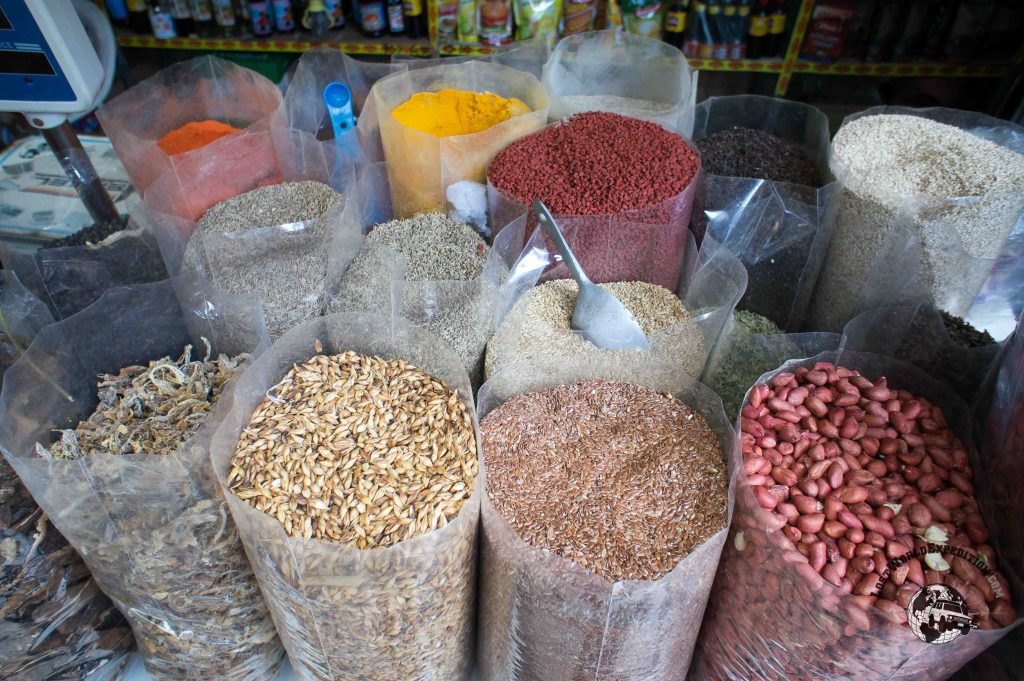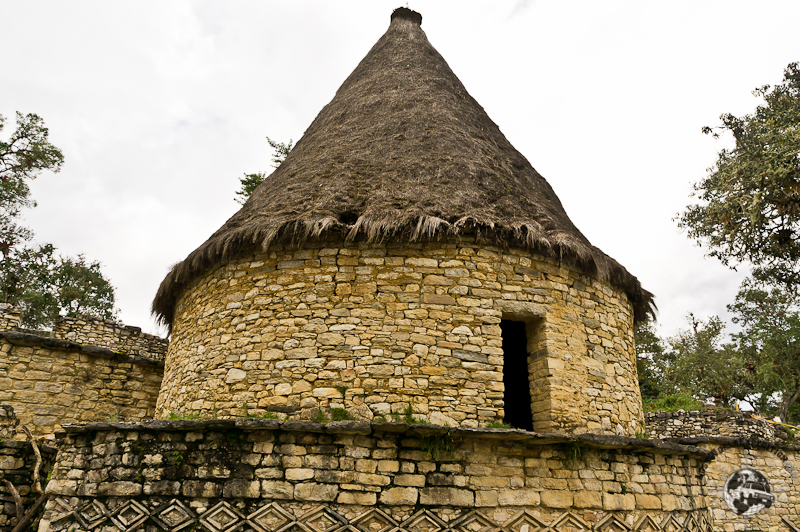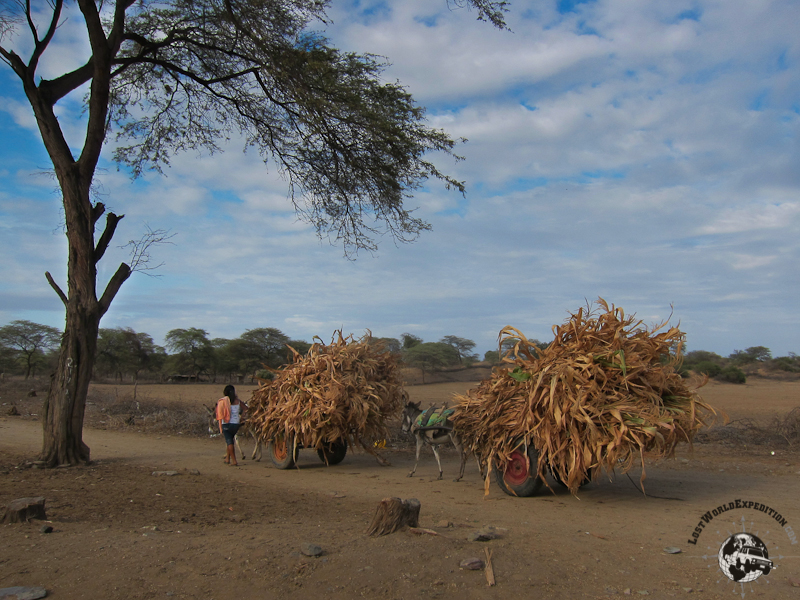I remember, what seems like a lifetime ago, when we were saving and planning for this trip reading the blogs of people traveling South America and getting inspiration for our travels. Some places, in photo after photo, were so spectacular they became a must visit on my list of places to see, and I couldn’t wait to see them for myself. The Salar de Uyuni in southern Bolivia, was one of those places. Set at an elevation around 3,600 meters (almost 12,000 feet), the salar (salt flats) is the largest in the world. Thousands of years ago the area was covered by a giant lake, which dried up and left a huge expanse of flat salt stretching for miles. It is truly an otherworldly landscape, with nothing but flat whiteness for as far as the eye can see, distorting the size and appearance of anything in the distance.
During the wet season, the hard salt crusted surface becomes inundated with water and only but the very brave try to drive it. In the dry season, however, the water recedes leaving a hard crusty surface that is perfectly drivable. There are still places where the crust is thin, and we’ve heard horror stories of vehicles breaking through the salt and getting stuck. Luckily, there are 4×4 tours who make the drive out there daily, leaving black tracks leading out into nothingness all over the salar that you can follow in order to minimize the risk of breaking through.
The salt from the salar is high in lithium (in fact the salar contains between 50-70% of the worlds lithium reserves which doesn’t bode well for the future preservation of the salt flats) and is collected by locals. The salt is literally scraped off the surface and piled into mounds to be collected later.
They’ve also made use of the salt for building hotels, built entirely of salt blocks and salt mortar which can be found around the edges of the salar. The first place to greet us as we headed onto the salar was one such salt hotel. The hotel is built with blocks of salt cut out of the salar. Inside the hotel even the tables and benches were made of salt. The colorful flags from all over the world out front of the hotel make a great contrast with the blue sky and the never ending expanse of white.
The center of the salar contains a few “islands” which are the remains of ancient volcanos that were submerged millions of years ago when the salar was a giant lake. These islands were our destination when we set out to visit the salar. As we started driving into the salar, everything was very disorientating. The mile after mile of flat whiteness makes it a very surreal landscape. Tiny objects appeared and disappeared on the horizon, as the 4×4 tours criss crossed our view. Driving 100 kilometers an hour it felt like we weren’t even moving at all, as the white scenery never changed. The salt itself was really cool to see. In some places the salt has dried into hexagon like shapes, while in other places the crust was rougher and not as flat.
The first island we came to was Isla Inca Wasi or Isla del Pescado, which is the standard tourist stop. After a quick stop to check it out and try to use the bathroom, we headed out to another near by island Isla Pescador (not to be confused with Isla Pescado 🙂 ) to set up camp for the night. The islands are another weird landscape in the weird landscape of the salar. The islands are composed of fossilized coral and are covered in cacti. The islands also offer good campsite and protection from the wind as well as great views of the salar.
We set up camp on the “beach” of the island and were treated to an amazing sunset. We’ve camped in some pretty spectacular places on this 4 year long trip, but as we watched the beautiful colors of sunset fade into a pitch black sky with more stars then you can imagine we realized that this was one of the more magical of our camp spots. Because of the elevation on the salar it gets below freezing at night, which deters a lot of people from camping out there. After the 5 days we spent in the southwest district of Bolivia, it didn’t feel all that bad to us and the experience of staying the night out here was worth it.
Because of the huge expanse of flat white salt in the salar, there is no depth perception for photos. Over the years we’ve seen all manner of creative photos that people have taken. Not to be left out, we couldn’t resist having our own little photo shoot. We had meant to pick up some creative props before heading into the salar, but the town of Uyuni isn’t exactly shopping central, so we had to make due with what we had. The following day we spent the better part of the morning setting up and taking photos. We started with a group photo.
Then we started to get silly. Lacey had to show of her muscles and weight lifting skills.
We have been carrying around two mugs from Cafe Con Leche, the cafe owned by Luis’ mom, Tamara, since we left on the trip intending to take photos of them in exotic locations. We had already lost one mug after a tragic collision with a concrete floor, so we figured now would be a good time to bust out the remaining mug.
It seems that somewhere along our time together, Lacey has managed to get Luis in the palm of her hand and this picture proves it.
At some point in the afternoon, we managed to get lost in a forrest of wine. Not a bad place to get lost I guess 🙂
Luis decided to relax and take a break for a while. I managed to catch him in this pose, which he likes to call “a man and his machine.” It’s not often I can actually snag a photo of Luis and I’m pretty proud of this one.
I know, you’re probably getting sick of these silly photos, so I’ll only put a few more. I guess we got a little more carried away than I even realized.
It is so nice when you arrive in a place you have seen in photos and find that it is even more spectacular than you could have believed. The Salar de Uyuni was that way for us. For any die hards who can’t get enough of the silly photos heres the rest. We really had a blast taking them.




















































Such amazing and fun photos!!! The one with the mug really had me for a bit :). Great blog and trip! Safe travels and lots of love.